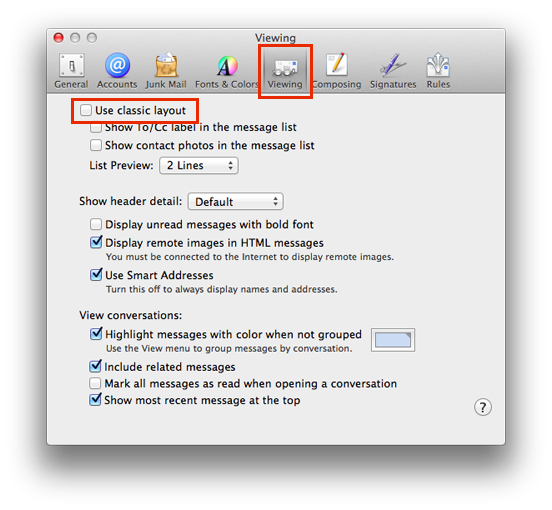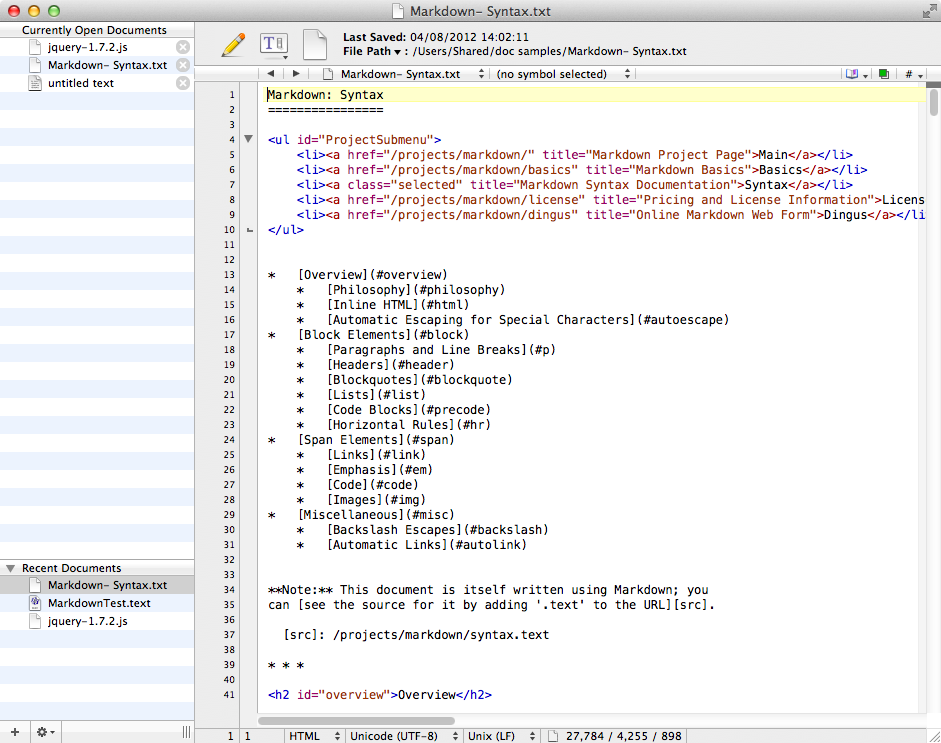How To Change Text In Html For Mac

Simply select your text and make the desired changes. Preview also includes a text note program for adding dialog boxes with comments over a specific part of a PDF.
How To Change Text In Html For Mac Numbers
A lot of you might have different methods to convert a text document into another format. The simplest method for some of you will be to open the text document in a simple editor such as TextEdit, and then export it as another format. Another method could be to open the file in Microsoft Word and save it as a Rich Text or Plain Text document. One method that you might not know about is using a command in Terminal to convert files from one format to another. While this method might not suit all of you, it’s a good use of OS X’s command line. Textutil -convert FILEFORMAT Here, replace FILEFORMAT with any of the following formats into which you want to convert your file into: • txt • html • rtf • rtfd • doc • docx • wordml • odt • webarchive 3.

Press the space bar on your Mac and ensure there’s a space after the file format, and then drag the document you want to convert into the Terminal window: Once done, the total command will look something like this, depending on the file name and file location: Once you execute this command, the new (converted) file will appear in the same folder as the original. Batch convert text files to other formats A good use of this command is to batch convert text documents into another format. To do this, instead of dragging a specific file, drag a complete folder to the Terminal window. Then, after the folder path, simply add a forward slash to the end of the folder path (ensure that there is no space between the path and the forward slash) ‘/’, followed by “*.FORMAT”. Replace FORMAT with the original file format, which you’re converting.
For example, in the command below, all.docx files in the folder “Docs” will be converted to.txt files. And for those of you who prefer not to use such commands, a quick way to strip text of all formatting is to paste it into Terminal, and then copy it back to the desired format you want to paste it in. Conclusion Using Terminal to quickly batch convert documents is a simple and cost-effective measure, which you can take advantage of without downloading any other third-party applications. While some of you will prefer to use simple text editors such as TextEdit for this, many of you will like this use of Terminal and take full advantage of it. Just remember, don’t mess up the commands, as messing around in Terminal has proved to be disastrous for many in the past. Be sure to let us know in the comments below which text editor you prefer to convert documents from one format to another. Also, let us know whether the above methods worked for you or not.
Back in the pre-Mac OS X and macOS days, Apple’s System 9 and earlier relied on hidden metadata to associate files with apps. File extensions, those bits of text that follow a period at the end of a file (like.doc,.html, or.jpg) were optional, although often used for compatibility with other platforms and with web. On the web, file extensions are effectively mandatory so a browser knows how to handle a file appropriately. Macworld reader Rick would like to monkey with that. He has a number of HTML templates, but to differentiate them from his production.html files, he puts the suffix.tt on them instead. Browsers don’t recognize these files by default. There’s a way to force an association between a file type and an application, but that application still has to recognize the extension.
If you have an extension that’s simply not mapping correctly, you can follow these steps: • Select the file in the Finder and choose File > Convert mp3 to text for free n a mac. Get Info. • In the Open With section, if there’s an appropriate app in the list, you can select it and click Change All and confirm, and now all files with that extension open in that app. You can stop here.
But if the app you want doesn’t appear in the list, select Other. • Choose the app from the list that shows.
In the Enable pop-up menu, you can choose All Applications, and it will let you pick any app. Check the Always Open With box to force an association. IDG While you can assign apps to file types, the apps may refuse to open them. If you’re using, for example,.tt as your HTML template extensions like Rick, you could go through steps 1 to 4, and pick Safari as the app to open.tt files. The trouble is that Safari doesn’t know that a.tt file contains HTML. In the olden days, when everything to do with the web was more in a state of flux, you could modify and add content mappings, usually in the form used by MIME, a decades-old method of associating actions and formats with file extensions. (You’ll see MIME mentioned explicitly in email programs’ headers.